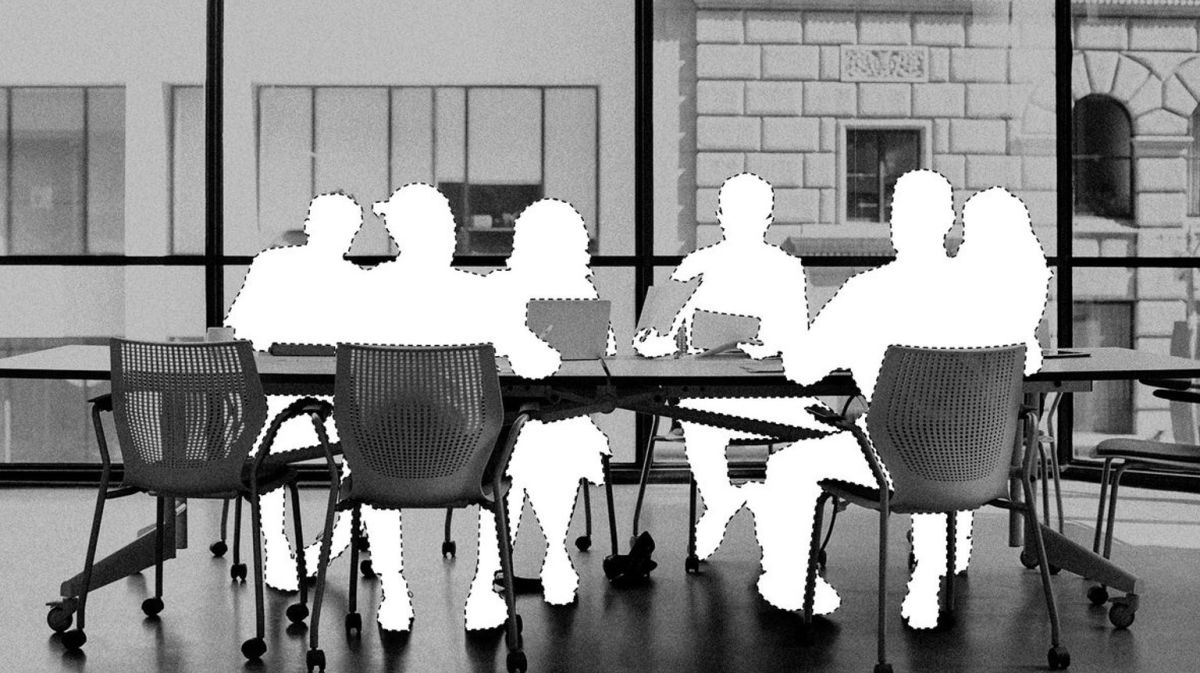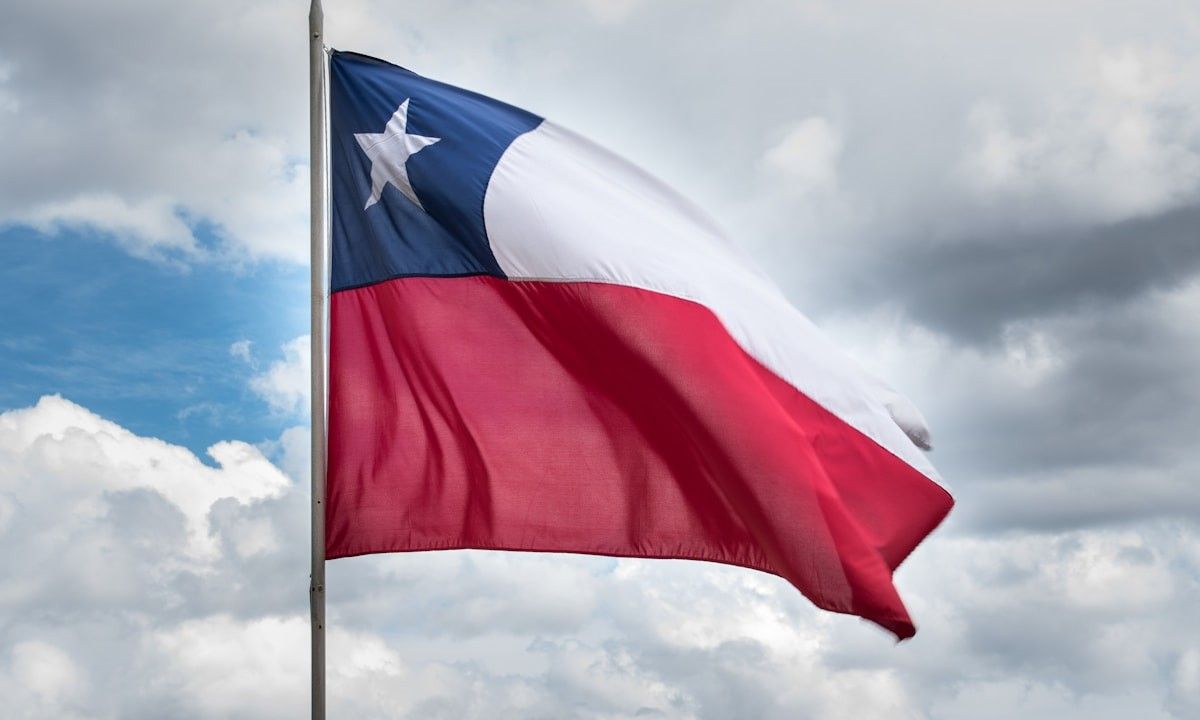
Week in Review
Where does your work culture fall in the 5 levels of workplace inspiration?
Today, far too many of our workplaces continue to be steaming examples of toxicity. Recent stories of harassment, mismanagement and bullying have become headlines in companies as varied as the Miss Universe Organization and the US Federal Deposit Insurance Corporation.
There are a few shining examples of companies with uncompromising work cultures—like Radio Flyer—but there are not enough of them.

Today, far too many of our workplaces continue to be steaming examples of toxicity. Recent stories of harassment, mismanagement and bullying have become headlines in companies as varied as the Miss Universe Organization and the US Federal Deposit Insurance Corporation.
There are a few shining examples of companies with uncompromising work cultures—like Radio Flyer—but there are not enough of them.
How can business leaders assess the quality of their work culture? We recommend they start by considering these five levels of workplace inspiration.
From lowest to highest, the levels of workplace inspiration are:
- Dysfunction
- Tension
- Civility
- Acknowledgement
- Validation
A dysfunctional culture is evidenced by open conflict and disagreement, rude treatment of employees and customers and “managing by intimidation.” Workplace teasing and bullying are common at this level.
In a tension-filled culture, cliques isolate select employees. Racist and sexual jokes are widely shared. Roles and efforts are undermined. Gossip is prevalent. Blaming and finger-pointing can be seen daily. Teasing and bullying also happen at this level.
Civility is the first of these levels where consistent sanity is the norm. Work relationships are professional, formal and diplomatic if distant. The work environment is psychologically safe.
At the acknowledgment level, authentic respect is communicated often. Leaders and team members regularly and proactively express appreciation to peers for their ideas, efforts and contributions.
The validation level is the highest degree of workplace inspiration. Not only is credit given for efforts and accomplishment, but responsibility and authority are given to engaged, talented team members. Players act independently and cooperatively to solve problems and deliver top-quality products and services. People engage their peers respectfully and feel trusted and valued.
The most effective way to assess which level your work culture operates at today is to engage in proactive and structured discovery. Custom assessments can provide insights into how employees perceive your culture. We recommend annual culture interviews of leaders and team members by an outside partner for a more in-depth understanding of exactly what’s working and what’s not.
Only then can leaders begin to implement practices and then hold everyone accountable for a validating and respectful work culture.
This article originally appeared on SmartBrief.
S.Chris Edmonds is a highly regarded speaker, author and executive consultant with The Purposeful Culture Group. He has authored or co-authored seven books, including three Amazon bestsellers: Good Comes First (2021), The Culture Engine (2014) and Leading at a Higher Level (2008). His videos, posts and podcasts are available at DrivingResultsThroughCulture.com and GoodComesFirst.com. Follow Edmonds on LinkedIn, Twitter, Facebook and Apple Podcasts.




